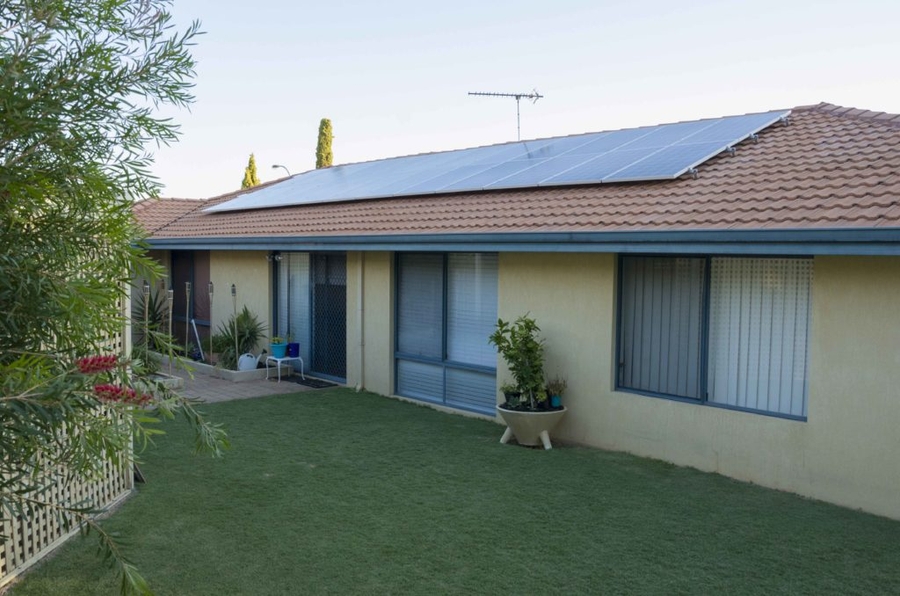How Do Rooftop Solar Panels Work?

Posted on 25 September 2018
Solar power is an amazing natural and renewable source of energy, used to power our homes using the power of sunlight. It’s interesting to note that solar power is generated by light, and not heat.
What is a Rooftop Solar System?
A rooftop solar system includes solar panels that are placed on your roof, so that they can harness energy from the sunlight and generate electricity.
Solar panels comprise of several small units called photovoltaic cells. These are cells made of silicon which carry millions of tiny atoms that have charged electrons.
Solar cells are placed in rows and connected using a conductive strip. This strip is woven over and under each silicon cell so that every cell in the solar panel is connected and creates an electrical circuit.
The solar cells are then covered with glass and framed using aluminium. On the back of every solar panel are two leads which are used to connect individual solar panels together to form a collection of solar panels which are connected to an inverter.
How Does a Rooftop Solar Panel System Work?
As photons (sunlight) hit the solar panels, the silicon cells in the panel converts the photons into electrons of direct electricity, or direct current (DC). This is a chemical reaction that releases electrons, generating an electrical current. Here’s an interesting fact, photons take approximately 7 seconds to get from the sun to your roof!
The photons knock the electrons loose on the two layers of the cell and they leave a hole between the cells, which are then filled by another electron, which causes electricity due to the movement and flow of these electrons in a closed circuit.
These electrons flow into an inverter which converts DC power into current power (or alternating current / AC), which is the power you use to run your household electrical devices. The inverter also changes the voltage from the panels to the voltage in your house, which is around 240V.
Appliances in your home will utilise the AC from your solar power system and only draws electricity from the grid if you need additional power or if the system is not producing any power.
As the system keeps track of the energy you produce, if you are producing in excess, this is returned to the grid and you will receive a credit on your bill for this returned power (depending on the type of solar power system you install).
Your homes can also be fitted with solar batteries, which can store this excess power for your later use.
What do you need to Install Rooftop Solar Panels?
Rooftop solar panels are not affected by weather elements, but they do need unobstructed access to the sun’s rays to efficiently harness the energy from the sun.
Before deciding on where to place your solar panels, you should check for shadows along your roof throughout the day that may be produced by any nearby tall structures.
Shade can reduce your power output, so we suggest positioning your panels best suited to your roof angle and house facing position.
Advice on Installing a Rooftop Solar Panel System
Deciding on what size solar system you need is another requirement. This decision depends on the size of the roof, the amount of energy you want to generate and your budget. The team at Stinson Air & Solar can help you with this decision by discussing your individual requirements and you can find out more about solar power here.
If you’d prefer to speak directly to an expert to find out more about how solar power works, contact our team of friendly consultants for free no-obligation advice, by clicking here.